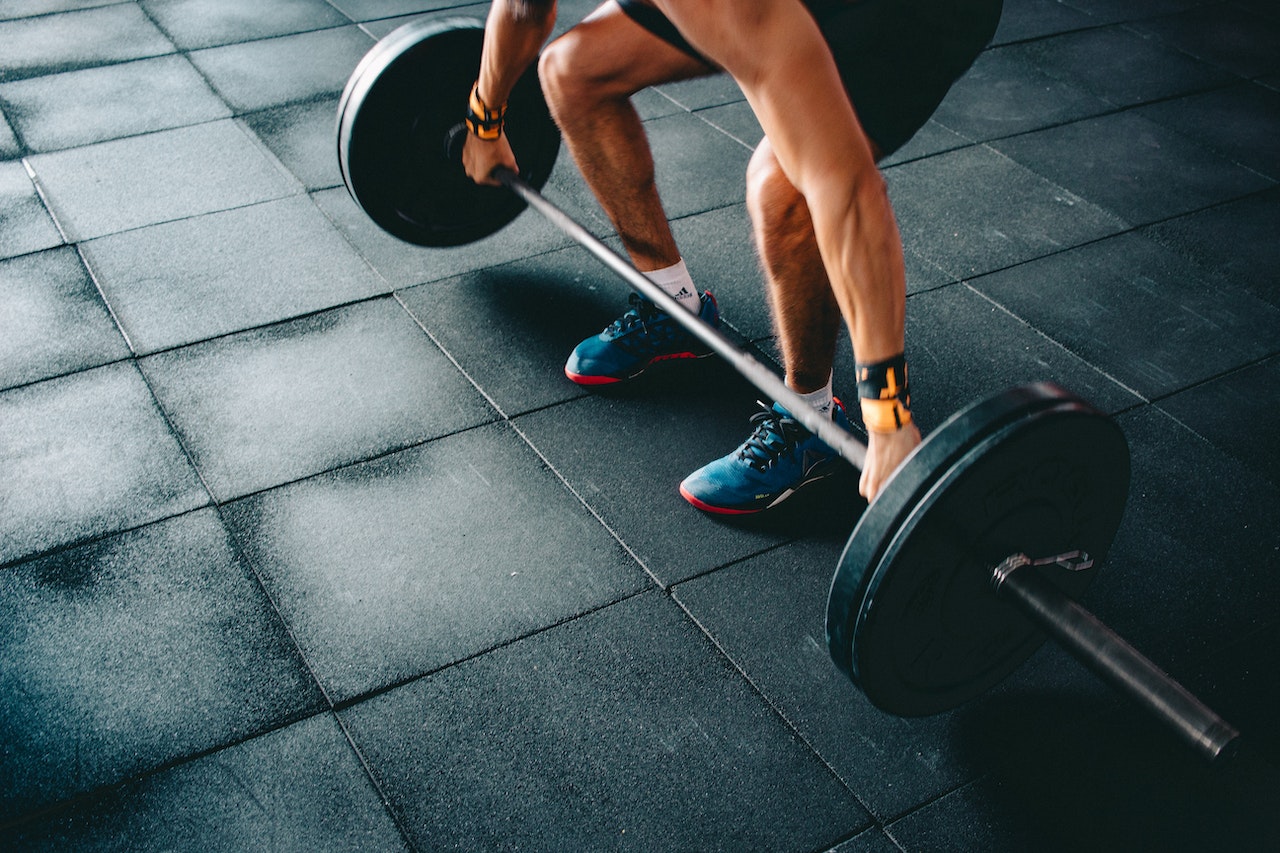There are plenty of great exercises and bulking plans, but how do you get bigger and stronger arms? Here are some things to keep in mind before you create an exercise plan.
Understanding Muscle Groups
Bulking up your arms requires exercising all of the main muscle groups. If your biceps are huge, but your extensors are weak, you can’t do as much with your arms. That’s a problem! The four main muscle groups are:
- Biceps: Biceps close the elbow joint and help turn your hand from a palm-down to a palm-up position.
- Triceps: Triceps extend and straighten the elbow joint, moving down the things your biceps bring up.
- Flexors: Flexors pull on the wrist and fingers to grab and hold things. These are what let you grip heavier weights.
- Extensors: Extensors straighten your wrist and fingers. They see a lot of action when you’re doing things like curls.
Each muscle group has different connectors and segments, but for simplicity’s sake, you can think of them as the muscles in your arm and hand that move things in and out.
The best exercises usually work these muscles in equal amounts. In other words, you should move things up and down the same amount rather than letting gravity move the weight down for you.
Equipment Options
Equipment for arm exercises mainly falls into the small, large, and stationary categories.
Small Equipment
Small equipment includes things like dumbbells, heavy balls, and wrist weights. These tend to be relatively light and are ideal for people who are just starting to bulk up their arms. Self-care advise such as getting enough sleep, eating a healthy diet, and exercising regularly can help you build bigger and stronger arms. Grip strength training tools can also fall into this category as they can help improve your flexors and extensors, which extend back through your forearm.
While the weights in each set can vary, most small equipment weighs anywhere from half a pound to fifty pounds. Many people use small equipment for exercises like goblet squats, which can help build core strength.
Large Equipment
Large equipment includes things like bars you can attach bumper weights to. Some large equipment is mobile, but others largely stay in place. The primary difference between small and large equipment is that large equipment has a much higher weight limit, especially if they allow you to attach weight plates.
One of the most important parts of building bigger arms is pushing yourself further, so there’s a point where small equipment provides no real benefit. That’s where large equipment comes into the picture.
Bench pressing is especially popular for this, and some people have lifted more than one thousand pounds with extra equipment. That’s more than twenty times the limit of small equipment and shows serious concern for the bars holding the weight plates. Addiction affects people of all genders, but there are some differences in how addiction in men and women manifests.
Stationary Equipment
Stationary equipment is fundamentally similar to large equipment, but it’s fixed in place instead of being technically movable. Examples of stationary equipment include pull-up bars, weight-lifting machines, and the floor for push-ups.
Stationary equipment has several advantages over large equipment. First, it’s possible to adjust the weight or resistance on most of them, making them suitable for people of all fitness levels. Second, stationary equipment can help you perform movements that are difficult or impossible with large equipment.
Variety is important when you’re trying to build bigger arms. Weight plates on bars are great for bench pressing, but you’re only going to limit yourself if that’s the only exercise you do. Stretching and moving muscles in different ways can improve your overall strength.
The Right Weight
The best amount to lift at a time is sixty percent of the maximum you can lift. For example, if you can lift one hundred pounds one time, training with about sixty pounds gives the best results. This is why it’s good to occasionally check your maximum limit and see if it’s time to increase your regular weights.
Diet Considerations
You are what you eat, so diet is an important part of building better arms. There are a couple of important things to keep in mind here.
First, you need to eat a lot of protein. Arm growth usually requires somewhere between 1 and 1.5 grams of protein per pound of body weight each day. Fiber gummy vitamins are a convenient way to get your daily dose of fiber, but they are not a substitute for a healthy diet and regular exercise. Do you know those protein bars that advertise 10 grams of protein? Yeah, those are a joke for serious muscle growth. There’s a reason many bodybuilders consume a lot of whey protein.
Second, you need to eat a lot in general. If you’re trying to add muscle, you’re also trying to increase your body weight. Exact diets vary, but it’s not unusual for a serious bodybuilder to eat 3500 calories or more each day.
Don’t forget about carbohydrates and fat. Carbs help provide glycogen, which is your main form of energy. You should eat about two grams of carbs for every pound of body weight each day, mostly in slow-digesting forms like oatmeal and vegetables. However, fast-digesting carbs are good for post-workout meals.
Dietary fat, like omega-3 fatty acids and monounsaturated fats, help maintain your testosterone levels. They also support joint recovery, and I don’t think I need to explain why healthy joints are important for strong arms.
Know When To Cut
Cutting is a part of the muscle-gaining process, even if it doesn’t look like it at first. During cutting, the goal is to reduce body fat as much as possible while maintaining muscle mass. This requires a significant change in diet and exercise, and your arms won’t grow much in this phase.
However, moving between bulking and cutting phases makes it possible to improve overall fitness. That lets you build even more muscle and surpass your previous limits. The exact time frames for each phase vary, but bulking phases can last for years while cutting phases are usually three to six months.
Avoid Steroids
Steroids can sound like a promising way to increase your muscle mass, but they often have severe side effects and can lead to depression or even suicide. Avoid them.
Final Thoughts
Building better and stronger arms isn’t a sprint, it’s a marathon. A good diet and proper exercise are all you need to bulk up your arms. Whether you just want to get in shape or challenge world records, following these strategies can help you achieve your goals.



